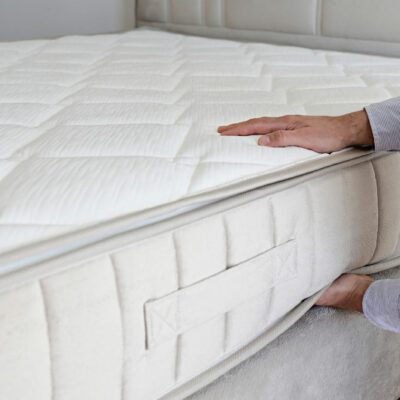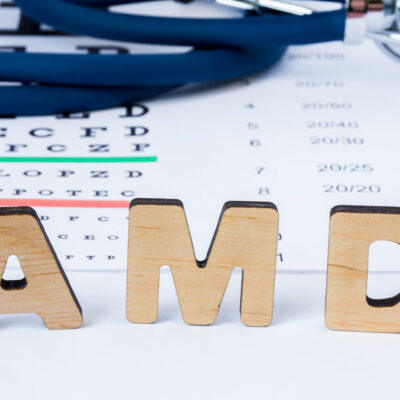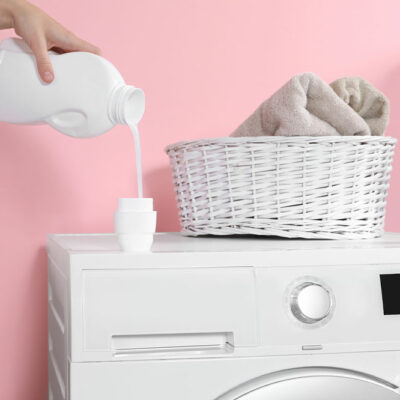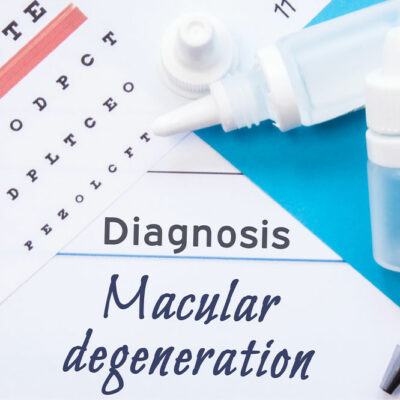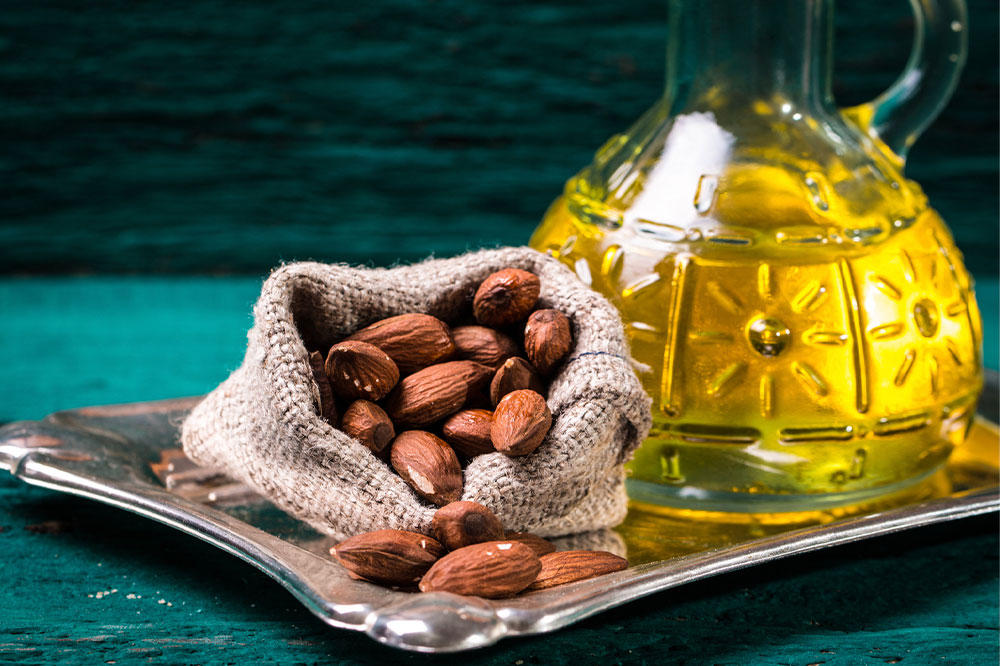8 surprising things that a home warranty doesn’t include

As homeowners opt for home insurance, they can also opt for a home warranty to help cover unexpected costs. There may be wear and tear in a home over time, but having a warranty can cover unexpected expenses. These include appliances and systems in the house that are not considered in home insurance. However, there are some surprising things that a home warranty doesn’t cover. Keep reading to know what’s excluded.
Washer and dryer
Home warranties are known to provide coverage for many household appliances, making them a lucrative idea. However, in a standard agreement for the same, the terms often exclude the washer, dryer, and refrigerator. So, always check the agreement before signing to ensure the necessary devices are included, and that one knows what to pay for. If not included, one can speak to the executives and work on add-on deals that can be included in the coverage.
Garage door
Read the fine print carefully and check if the agreement includes the garage door. Typically, in a standard agreement, the garage door opener is part of the coverage but not the actual door. It is advised that any change needed for the garage door should be considered for claim under the home insurance. If it is an affordable expense, it can also be paid out of pocket without the hassle of adding it to the warranty agreement.
Walls or windows
These come under structural items like windows, walls, and doors and are not covered under the agreement. Some factors that could influence its inclusion are the age of the home and the way it has been maintained. It could be covered under a builder’s warranty or used under a homeowners insurance policy.
Pre-existing conditions
When signing a home warranty service agreement, the executives look at the health of the appliances in good shape. Only those appliances are covered in the agreement. A service agreement will not be signed on existing items before purchasing the product.
In most cases, a copy of the home inspection is sent to the agreement provider, who goes through the list thoroughly to understand the condition of the appliances. If they match the agreement’s criteria, they are added or excluded. This is another reason home buyers insist on repairing or replacing pre-existing problems in the house while purchasing it to avoid this issue with the home warranty agreement.
Improperly maintained systems
The appliances and systems at home should be properly maintained and require continued support from the home warranty agreement. This means replacing the HVAC system filters regularly to ensure they are working properly, draining the water heater once a year to prevent the buildup of sediments in the container, and so on. The homeowner needs to take proper care and responsibility for the house’s appliances and systems; neglecting them will make them unfit to be covered under the warranty.
Secondary damage
Under the service agreement between the homeowner and the provider, they will mention that secondary damages will not be covered under the warranty. Here’s an example of what it means. If the dishwasher has broken down for some reason, there is flooding in the kitchen. This flooding has then caused further damage to other appliances and the floor. Under the terms of the agreement, this other damage will not be covered. The provider can help repair or replace the dishwasher, but homeowners’ insurance policies can also tackle other issues. But always read the fine print to be very sure.
Leaking roof
This type of issue is more of a structural issue than anything else, which is why many warranty agreements do not cover leaking roofs under their agreement. Usually, if the house is ten years old or younger, the builder provides a builder’s warranty, under which this issue can be resolved. However, another way to avoid paying for a leaking roof out of pocket is to check the homeowner’s insurance policy for coverage.
With some providers, a leaking roof warranty can be added for an extra cost, but the standard agreement does not usually cover it.
Sprinkler systems
There is no standard outdoor plumbing coverage, including appliances like sprinklers, faucets, and valves. Many providers may not include these systems in the add-on services, so if one has any doubts, have a detailed conversation about it. Also, check the insurance policy to see if it covers these systems.
Apart from these, some other things are not covered under the warranty agreement, including cosmetic damage or appliance defects, like dents or scratches. Also, improper installation issues are not covered under the agreement; any damage already covered under the homeowner’s insurance policy or any products or items covered by the manufacturer’s warranty are excluded. If there is any damage due to pests like termites or other pests, they, too, are neglected.
Moreover, every home warranty has exclusions and restrictions that the customer won’t know. The things excluded from the agreement might differ depending on the chosen company. Therefore, one must carefully read the contract and reduce misunderstandings and frustration while ensuring maximum coverage and safety of one’s home. After all, buying a new home is an exciting milestone. One should not have to worry about potential problems while dealing with the move.
